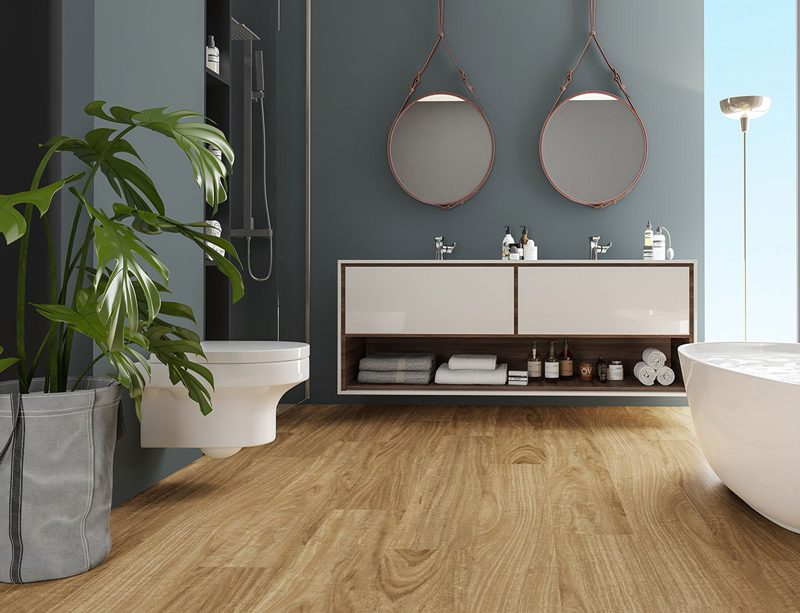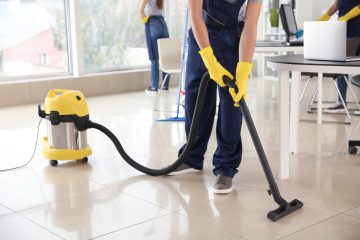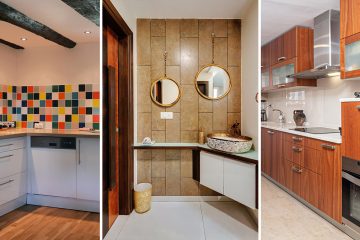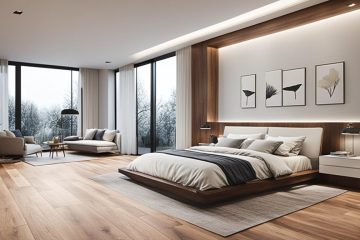How to buy the best flooring

Everyone who owns a home must make a decision about flooring. You may be able to have a say even if you are renting.
There are many types of flooring in northland available today, as well as new green flooring options. It can be hard to know where to begin.
This page:
- Learn the basics
- Find your flooring
- Other considerations
- Are allergies and asthma a problem?
Make sure you are familiar with the basics
It is important to choose the right flooring as it has a huge impact on how a space feels and what the mood is like. It’s also expensive so it’s important to do it right. It’s important to think about how much traffic it will get, and also consider maintenance and durability.
This overview will show you the pros and cons for different flooring options, and what works best in which rooms.
Know your flooring
Soft flooring
Soft flooring options are carpet and natural fiber alternatives like sisal or jute. They are easy to walk on and provide insulation.
- Carpet will keep your home cool in the summer and warm in the winter. It’s also quiet and easy to clean. It’s more difficult to maintain than hard floors and can be stained.
- Natural fiber flooring includes sisal made from the leaves from the agave plant, coir made from coconut shells, and seagrass. These materials are very durable and stain-resistant if spills are quickly cleaned up. However, colours and styles are limited. They also feel rougher than regular carpet. Jute is made from the inner bark of plants grown in Asia. It is a finer flooring material and is easier to walk on. However, it is not recommended for areas with high traffic. These natural fibre covers should not be used in areas that are wet.
Hard flooring
Hard flooring options include timber, tiles and polished concrete. They are durable and easy to maintain.
- Timber flooring includes floating floors and bamboo flooring. It is extremely durable and, if sealed properly, will resist chemicals, spills, and stains. It is easy to maintain, suitable for those with allergies, and won’t absorb the scent of your pet or pussycat as carpet. High traffic areas may need to be re-oiled every three to four year. It’s not about keeping the area looking great, it’s also about maintaining moisture resistance to avoid warping and other problems. Re-sanding a large area can cause major scratches, which can be more costly than buffing.
- Tiles can be hard wearing, durable, and easy to maintain. They are also waterproof (if sealed), and cool underfoot in the summer. They can be very hard on your feet if you stand for a long period of time.
- Polished concrete is modern looking and can last a long time depending on the seal. It’s very hard underfoot, so it can be damaged by falls, especially if it isn’t heated up in the sun. It may need to be resealed occasionally, just like wood.
- Cork has a hard wearing surface that is also comfortable, soft and pleasant to walk on. Cork flooring can be easily cleaned and resists fading. It actually gets darker if exposed to the sun. Polyurethane will turn a darker, yellowish colour over time. It will be more susceptible to water and stains if it isn’t sealed properly.
- Rubber flooring has a soft, durable underfoot and won’t fade fast. The cons include being difficult to clean and a poor resistance to marks and stains.
- Vinyl flooring is available in a wide variety of styles, patterns, and colours. It is easy to maintain, has a soft underfoot, and doesn’t fade very quickly. It is cheaper and easier to install than other types of flooring. The downsides include poor resistance to scratches and indentations. The cheaper versions might not be as durable and suitable for short-term flooring. Vinyl plank, which is a more recent type of vinyl, is also available. You don’t have to glue it down, so if one plank is damaged, you don’t need the entire lot. Some have acoustics integrated into them.
There are other things you should consider
It’s going where?
It is important to select flooring that suits the space or function of the room. You will likely need multiple types throughout your home.
Living rooms are designed to blend beauty and practicality. Timber and carpet are two of the most common options.
- You want to clean up your kitchen quickly. Hard flooring such as stone, timber and tile are a good option. Do you love to make risotto. Comfortable risotto can be made more comfortable by placing a mat where you will be standing for a while. Kitchens can also benefit from soft floorings like vinyl, rubber or sealed cork.
- The bathroom is ideal for tiles, but they must be non-slip. Also, the grout should also be sealed. Timber is less practical and should be waterproofed.
- Carpet is the king in bedrooms. It feels luxurious and soft, is warm and cosy in winter and offers sound and temperature insulation. It needs to be vacuumed regularly to keep allergens and dust levels down. The next most popular option is timber. It looks great, is easy to maintain, and can be very noisy. In winter, floor rugs are a great option.
- A children’s playroom needs durable flooring. It should be affordable enough that you don’t get heartburn if they get too creative with their paints. Softer coverings are better for kids who spend lots of time on the flooring. You can choose from vinyl, cork, and polypropylene carpet. You can replace it if it becomes the teenager retreat. Or you can keep it.
Are allergies and asthma a problem?
There are many conflicting opinions about whether or not wall-to-wall carpet should be used for people with allergies.
House dust mites can often cause allergies. They thrive in warm and humid environments.
There is increasing evidence that carpet traps dust mites and makes them less likely to fly, which is why it’s more beneficial for allergy sufferers.
Although research is ongoing, experts advise people with allergies to choose hard floor coverings that are easy to clean and floor rugs that can easily be exposed to sunlight.







